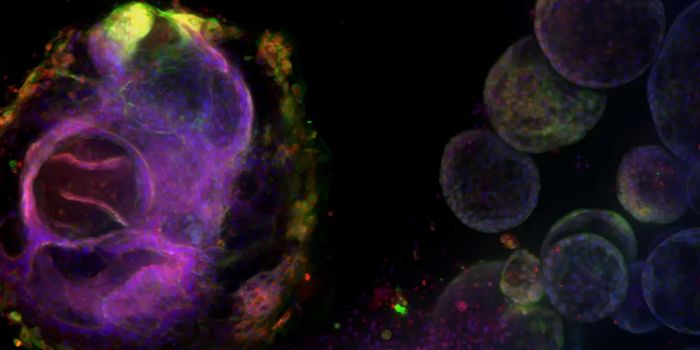UV light targets hyperhotspots for skin cancer
New research published in Proceedings of the National Academy of Sciences suggests that certain “hyperhotspots” in the human genome can be pinpointed to identify and assess the risk of skin cancer. Although previous studies have confirmed the existence of hotspots in the human genome that are sensitive to UV light, these hyperhotspots are up to 170 times more vulnerable to UV than the genome average. This discovery could improve the way we detect skin cancer.
The study was conducted by a team of Yale University researchers. Lead researcher, Douglas Brash, who studies therapeutic radiology and dermatology and is a member of the Yale Cancer Center explains that this discovery flips the way we think about UV light and skin cancer. "We had thought that DNA damage and mutations that cause cancer were rare events, and random," said Brash. "But this reveals that, at least for skin cancer, there are specific targets in the genome that are waiting to be hit by UV radiation."
The targets that Brash is referring to are called cyclobutane pyrimidine dimer (CPD) hyperhotspots, which are found most often in melanocytes, the cells where melanin is formed. It turns out that these CPD hyperhotspots actually attract damaging radiation, a fact which the researchers were able to figure out by using DNA sequencing to tag CPD sites in the genome.
But not only do the CPD hyperhotspots act as targets for UV; they also are gateways to important genes, "the same DNA sequences that control the regulation of DNA into RNA and protein, which is how the cell regulates growth," Brash explains. But that in itself is surprising and requires a second thought, say the authors. "Why wouldn't evolution want to get rid of these?" Brash remarked.
One explanation for this is that cells could be using these hyperhotspots as a way of sensing their environments, meaning that the mutations caused by UV radiation are not random – not at all. In fact, as Science Daily reports, the study found that “Mutations related to gene regulation in melanoma tumors were present at CPD hyperhotspots 20,000 times more often than elsewhere.”
These findings could provide new insights for identifying the risk of skin cancer. The authors conclude that although prior UV exposure is still the most influential factor in skin cancer risk, hyperhotspots also play an important role. They recommend that high-risk individuals be vigilant in monitoring UV exposure history and hope that future detection technology will include DNA-based methods to assess hyperthotspots.
Sources: PNAS, Science Daily








